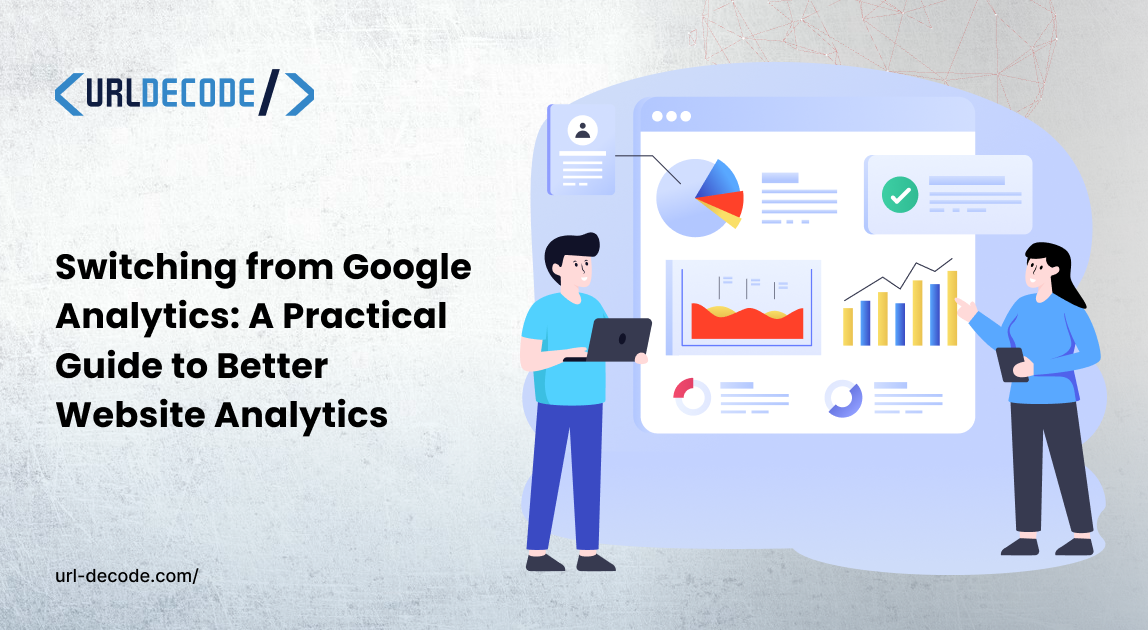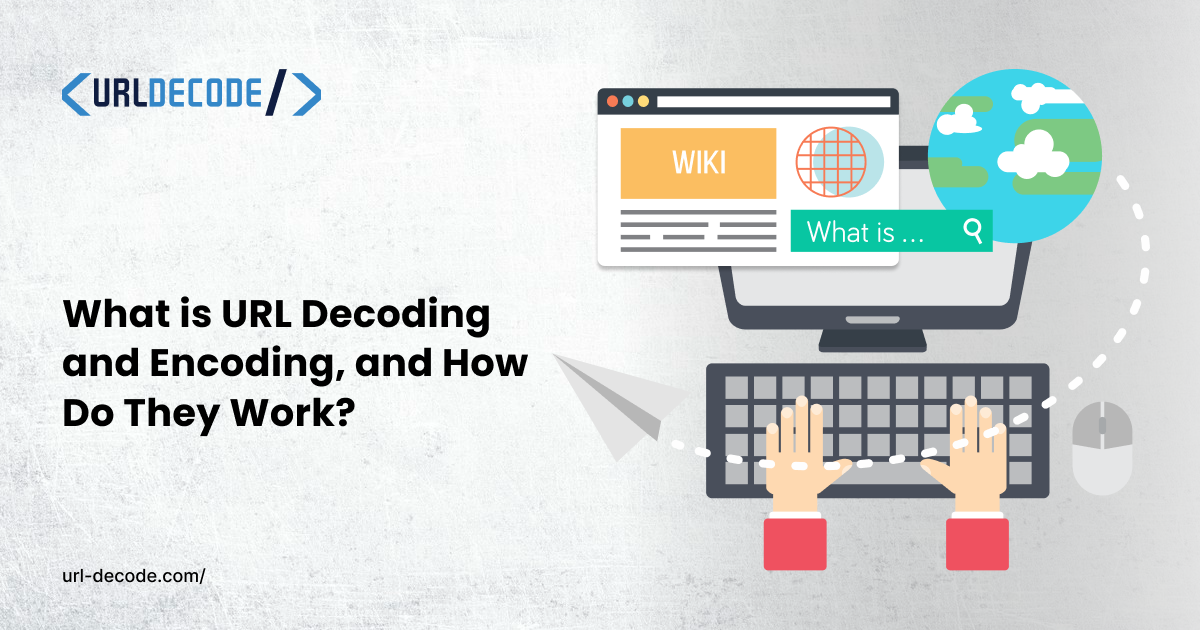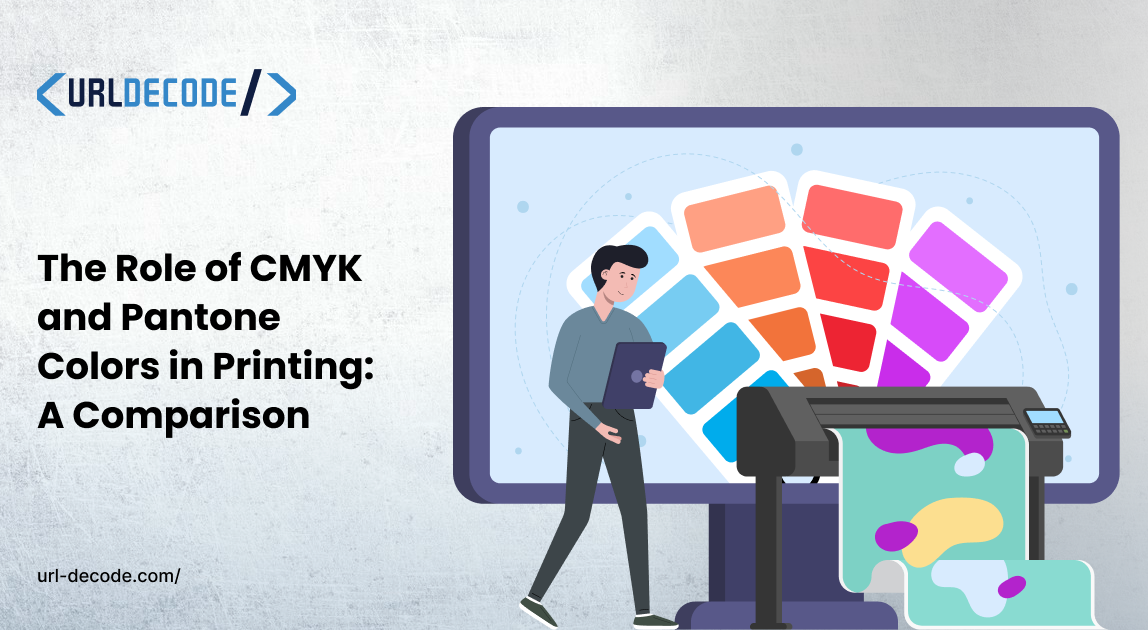Switching from Google Analytics: A Practical Guide to Better Website Analytics

At some point, every marketer looks at Google Analytics and quietly thinks this feels excessive. There are endless reports, strange menus, and a sense that you need a certification badge. If you only want to know who visits your site and what they do, the experience can feel absurd.
I still remember opening it for the first time and thinking, ‘This looks like cockpit software.’ So if you feel overwhelmed by charts and acronyms, you are very far from alone.
The good news is that website analytics has moved on, and you are no longer stuck. New tools focus on clarity, privacy, and real understanding rather than offering seventy-three kinds of click maps. You can switch from Google Analytics without losing your data or your sanity, which sounds wonderful.
In this guide, I will walk through a practical path toward better analytics with PrettyInsights as the destination.
Why people are leaving Google Analytics
For many teams, the main problem is not that Google Analytics is bad; it is simply overloaded. The interface hides basic answers behind layers of options, while decisions usually depend on a few simple numbers. You want to see which channels bring conversions and which pages keep users engaged, yet you get lost instead.
I have watched founders stare at a screen full of reports and confess they only use one dashboard. That is like buying a fully equipped gym, then only using the water cooler because the machines look intimidating.
Complexity leads to avoidance, and avoidance means you fly blind when marketing decisions actually matter most.
At that point, switching tools feels less like betrayal and more like finally cleaning your closet.
What Better Website Analytics Looks Like
A better analytics setup starts with one simple idea: it should answer questions in plain language, fast. Instead of ten separate panels, you want a clean overview that tells you how traffic behaves each day. From there, drilling into campaigns, funnels, or user journeys should feel like a conversation, not an archaeological excavation. You click a card, it responds with more context, and then you take the next decision with confidence. When I open a tool that behaves like this, I actually feel slightly smarter.
Modern platforms also treat privacy as central instead of hiding it in a settings tab that nobody visits. With stricter regulations and more aware users, you cannot pretend tracking is invisible or that consent banners magically fix everything.
Data collection should feel respectful, minimal, and clearly explained, and it should still give you useful insights. The good part is that this is completely achievable with the right tool stack and mindset.
Why Privacy, Clarity, and Trust Matter in Analytics
Users today care about how you treat their data, and regulators definitely care even more than they do. Relying on huge opaque tracking systems can raise questions every time a client, lawyer, or data officer reviews your stack. A cleaner analytics tool should make it easy to explain what you collect and why without nervous sweating. You want clear documentation of script behavior that does not leak data and features that support real consent choices. Personally, I enjoy it when I can show a client the privacy page, and they actually smile instead of frowning.
Trust runs both ways because you also need to trust that your tool reports accurate, meaningful numbers every day. In addition to simplifying analytics, brands are increasingly looking at how clarity, structure and trustworthy signals affect AI references, and this AI visibility study from LangSync shows how SEO and proper data formatting influence whether AI systems cite a brand. If you suspect ad blockers are hiding half your traffic, you hesitate before making big advertising decisions. A well-designed alternative reduces noise filters, obvious bots, and presents results that match your other data sources closely. Once that confidence returns, you can work faster and argue less, which might save entire meetings every month.
Ease of Use: Built for Real Humans
We also need to talk about ease of use because most people do not enjoy wrestling with menus. A better analytics platform should feel like a modern app, not a university statistics project from another century. Navigation should be obvious, dashboards should be opinionated, and defaults should support the most common business questions directly. I like to say that if you need a two-day course to read a chart, the chart failed.
Teams change frequently, and you cannot train every new marketer or founder in a complex legacy interface. The tool must simply make sense, which sounds boring until you remember how many tools do the exact opposite.
Now that we know what good looks like, let us introduce a platform that actually delivers it.
Meet Prettyinsights, Your Google Analytics Exit Ramp.
PrettyInsights is a modern website and product analytics platform built for teams that want clarity without complexity. Instead of drowning you in options, it focuses on the key questions that drive growth every single week. Where Google Analytics spreads information across scattered views, PrettyInsights unifies traffic, product behavior, and conversions in one clean workspace. You see how visitors arrive, what they do, how features perform, and where money actually appears in the funnel. The first time I used it I noticed my shoulders relax which is my scientific metric for good software.
PrettyInsights also treats privacy as a core principle, with lightweight tracking that respects visitors while still giving rich insights.
You can run meaningful analytics without relying on invasive profiles or complex consent gymnastics that nobody understands. For teams tired of constant cookie drama, this alone feels like opening a window in a crowded room. On top of that, it includes product analytics, funnels, trend reports, and other advanced features that stay surprisingly approachable.
Why Prettyinsights Is a Strong Google Analytics Alternative
Choosing an alternative is not just about new charts; it is about fixing the original pain points. PrettyInsights focuses on actionable over decorative, so you spend less time browsing menus and more time making changes.
Its reports connect marketing channels to outcomes, which makes budget discussions easier and slightly less dramatic during monthly reviews. Because the interface is clean, new team members usually understand the basics within minutes rather than weeks of experimentation. The platform also plays nicely with modern stacks through simple scripts and integrations, so implementation does not become another project.
For many businesses, it ends up replacing several tools at once, which feels oddly satisfying from a budget perspective. Some standout strengths appear so often in feedback that they deserve a quick spotlight list.
- Clear dashboard that highlights the most important website and product metrics at a glance
- Fast setup with a lightweight script that does not slow down your pages
- Combined view of traffic sources, user behavior, and revenue events in one workspace
- Privacy-focused tracking that respects visitors and simplifies compliance conversations with stakeholders
- Friendly support from real humans who actually read your messages and answer in normal language
Together, these strengths create a tool that feels designed for daily work rather than quarterly vanity reports. You open PrettyInsights in the morning, check the core numbers, then decide what experiments deserve attention today. When trends appear, you see them quickly, and you can connect them to campaigns or feature releases immediately. I love it when a client suddenly spots a successful test inside the data and starts plotting the next move. That moment turns analytics from an obligation into a genuine advantage, which is really the entire point here.
How to Switch from Google Analytics to PrettyInsights
Switching platforms sounds scary at first, but it becomes manageable once you break it into clear stages. Start by writing down the metrics you actually use today and the decisions they support each month. This list often includes traffic by channel key conversion events and maybe a few funnel views for product journeys.
Once you know what matters, you can configure PrettyInsights to mirror those numbers while also adding richer context.
Installing the Tracking Script
The next step is to install the PrettyInsights tracking script alongside Google Analytics for a short overlap period. During this time, you compare core metrics, visitors, conversions, and revenue events to ensure everything lines up consistently. Small differences will always exist, but trends and relative performance should match closely across both tools. I like to think of this as test-driving a new car while keeping the old one in the garage. You feel how it moves, handles, and accelerates before you finally decide to switch fully.
When you trust the new numbers and dashboard, you can safely retire Google Analytics or keep it only for historic comparisons.
Avoid Common Migration Mistakes
One common mistake is rushing the migration before your team understands how to answer their regular questions inside PrettyInsights. If colleagues cannot find familiar reports, they might blame the tool rather than the missing onboarding and documentation.
Plan a short training session, record a walkthrough, and keep a simple internal guide with screenshots and explanations. Trust me, nothing calms nervous managers faster than a friendly document that answers their favorite daily questions. Suddenly, the new platform feels helpful instead of threatening, which makes adoption a lot smoother for everyone.
Another risk is keeping every old report even when it never influenced a single decision in the past years. Migration gives you a rare chance to declutter and focus on the handful of dashboards that actually matter. Ask which views helped redirect budgets, optimize campaigns, or redesign parts of the product. Keep those close at hand. Everything else can probably retire gracefully just like that dusty report on screen resolutions from three laptops ago.
Please do not be the person who migrates twenty dashboards, then only checks one tiny chart each month.
Conclusion: Better Analytics, Fewer Headaches
Switching from Google Analytics to a modern alternative can feel daunting, yet it often becomes the smartest move. You gain clearer answers, faster reports, and a platform that respects visitor privacy without sacrificing useful insight. PrettyInsights offers that mix of clarity, privacy, and product-focused detail that most growing teams desperately need now.
By planning the migration carefully and giving your team the right guidance, you turn analytics into a genuine advantage. Instead of arguing about confusing charts, you spend your time testing ideas and watching the numbers confirm what works.
If you are considering this move, start by testing PrettyInsights alongside Google Analytics and comparing results for a few weeks. Notice how quickly you can answer the usual questions about campaign pages and revenue without scrolling through endless menus. When you see that difference in speed and confidence, the decision to switch rarely feels risky anymore.
It feels more like finally upgrading from a cluttered basement office to a bright room with actual windows.
And if a tool makes you smile while checking metrics, that alone might be the real conversion event.




